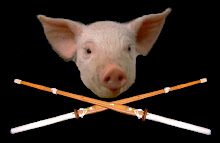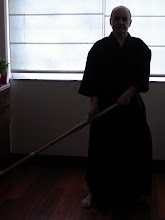La Vanguardia http://www.lavanguardia.com/local/valencia/20160224/302402310324/pedo-tiroteo-heridos-valencia-torrent.html A veces, una tontería puede acabar en drama, sobre todo si el ambiente ya está caldeado. Es lo que ocurrió este martes por la tarde en el barrio del Xenillet, en Torrent (Valencia), tras un enfrentamiento entre dos clanes que acabó con un tiroteo que se saldó con cuatro heridos (dos de ellos de bala) y tres personas arrestadas.
Al parecer, la discusión se inició por una flatulencia; otra persona del clan rival le correspondió con otra. Entonces la mujer de uno de ellos dijo haber sido insultada y se enzarzó con la mujer del otro. Esta discusión sin importancia derivó en un tiroteo, según han publicado diversos medios valencianos.
Los agentes de la Policía Nacional tuvieron que intervenir para evitar que el suceso fuera a más. Dos de los heridos, un padre y un hijo de uno de los clanes, se encuentran en estado estable dentro de la gravedad de las heridas ingresados en el hospital. Los otros dos heridos fueron un joven de 19 años y una chica de 16, que presentaban policontusiones.
Las disputas entre estas dos familias de Torrent, separadas por apenas unos metros, se remontan a tiempo atrás. Ya en verano protagonizaron otro enfrentamiento con un tiroteo.
Otras opiniones del mismo suceso:
http://www.elperiodico.com/es/noticias/sucesos-y-tribunales/pedo-provoca-tiroteo-cuatro-heridos-valencia-4924396
Vice http://www.vice.com/es/read/valencia-tiroteo-por-un-pedo-2402
La Sexta http://www.lasexta.com/noticias/sociedad/pedo-causa-tiroteo-cuatro-heridos-tres-detenidos-valencia_2016022400096.html






















































